
PROMO!
First order? Get 10% OFF with this code: 1storder
Written by
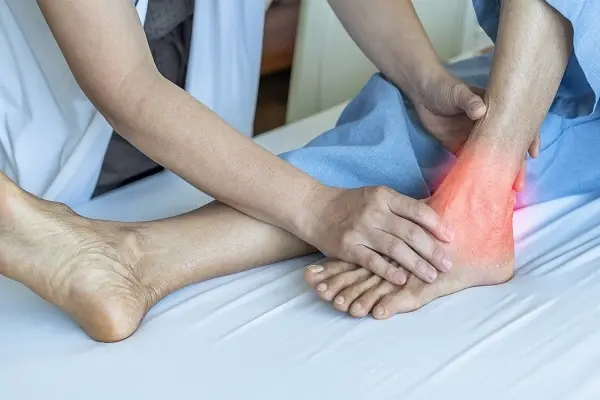
Tendon injuries hurt millions of people each year. These injuries heal slowly and cause long-term pain. BPC-157 has demonstrated promising healing effects in preclinical studies, particularly in animal tissue injury models.
This body protection compound comes from human gastric juice proteins in the gastrointestinal tract. Animal studies show big improvements in wound healing. Researchers study this synthetic peptide for its potential benefits on musculoskeletal injuries.
Current studies suggests BPC-157 peptide therapy may help tissue regeneration in labs. However, regulatory bodies say all research stays limited to controlled studies.
Understanding tissue regeneration becomes crucial when evaluating any healing treatment’s effectiveness.
Explore BPC-157 from Peptide Works, a synthetic peptide studied for its potential to accelerate tendon repair, angiogenesis, and tissue regeneration.
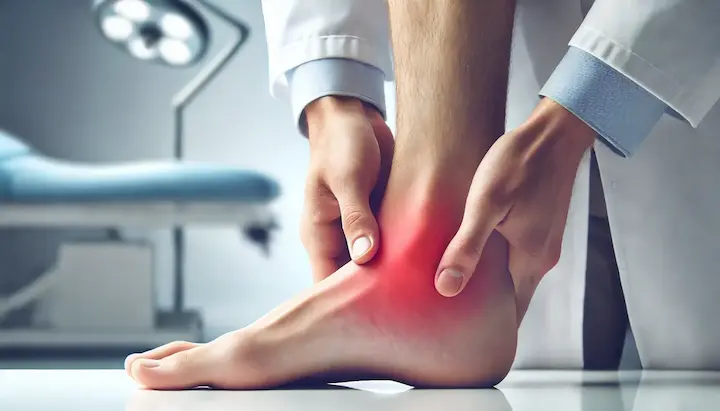
Tendon tissue repair has three clear phases during healing. The first stage lasts 48 hours with blood vessels bringing growth factors. Growth happens next as cells move to hurt areas. TB500 peptide helps this cell migration through cell changes.
Collagen making increases during this phase using amino acids from blood flow. Suppressing GDF-8 protein (myostatin) has been shown in some preclinical studies to promote muscle regeneration, but its role in tendon healing remains unclear.
The final phase involves tissue repair through nitric oxide paths controlled by endothelial nitric oxide synthase. Research shows these peptides reduce chronic inflammation and oxidative stress while stopping reactive oxygen species formation.
However, new tissue stays different from original Achilles tendon. Studies examining the effect of bpc show enhanced tissue healing mechanisms during this repair process. The timing of collagen production directly impacts how quickly tendons can heal and regain function.
Discover TB-500 from Peptide Works, a research peptide shown to support cell migration, muscle healing, and improved recovery in preclinical models.
Collagen making follows a clear timeline during tendon repair. The process starts within 24 hours after injury. Type III collagen shows up first during the growth phase. This weaker collagen peaks around four weeks after injury.
BPC-157 peptide therapy research shows faster collagen making in animal studies. Type I collagen replacement starts at six weeks. This stronger collagen keeps growing for twelve months.
Peptide Works offers research chemicals that researchers study for their beneficial effects on this timeline through different preclinical studies. The effects of bpc show better healing in many organ systems.
Understanding when stronger collagen takes over becomes critical for recovery expectations.
Checkout GDF-8 from Peptide Works, compounds under study for their role in muscle growth regulation and potential tissue recovery support.
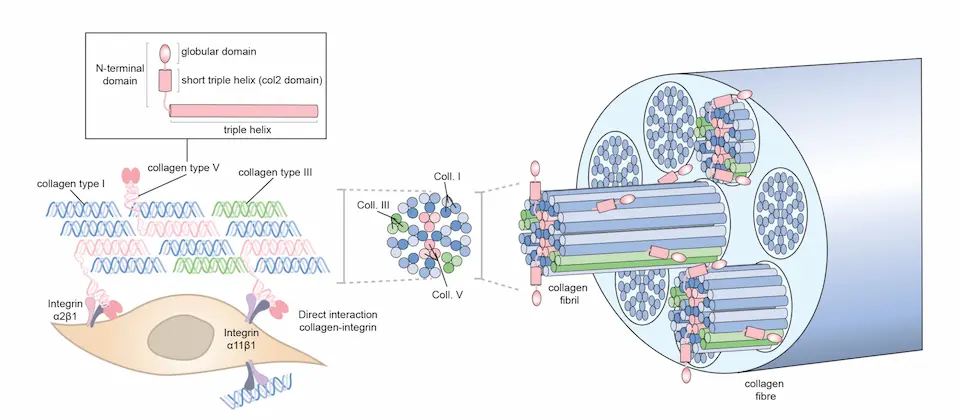
The change from Type III to Type I collagen happens during the rebuilding stage. This crucial role starts at eight weeks after injury and goes beyond six months. Type III collagen first controls the wound healing process with weaker fibers.
Research shows vascular endothelial growth factor helps this change through better drug administration paths. Animal studies show BPC-157 peptide therapy may speed this replacement phase through growth hormone receptor activation.
Research compounds show promising results in animal studies for better collagen rebuilding. However, complete healing never fully matches original tendon strength. This strength limitation raises important questions about realistic recovery expectations.
Most tendons only reach 80-90% of their original strength after injury. Recent study findings show medical professionals expect about two-thirds recovery rates. Healing takes long rehab periods for best results.
Research shows BPC-157 peptide therapy with TB500 may help this process. These peptides may enhance cellular migration and collagen synthesis in injured tissue, as observed in preclinical models. Some researchers are exploring whether blocking GDF-8 may aid muscle repair, but its connection to tendon healing or knee pain relief is unproven.
Researchers study these research compounds for getting the most tendons strength back. Achilles tendon injuries often show similar recovery patterns with issue healing affecting long-term outcomes.
Research suggests these compounds may offer protective effects against further tissue damage. Knowing strength limitations helps set realistic timelines for complete rehabilitation.
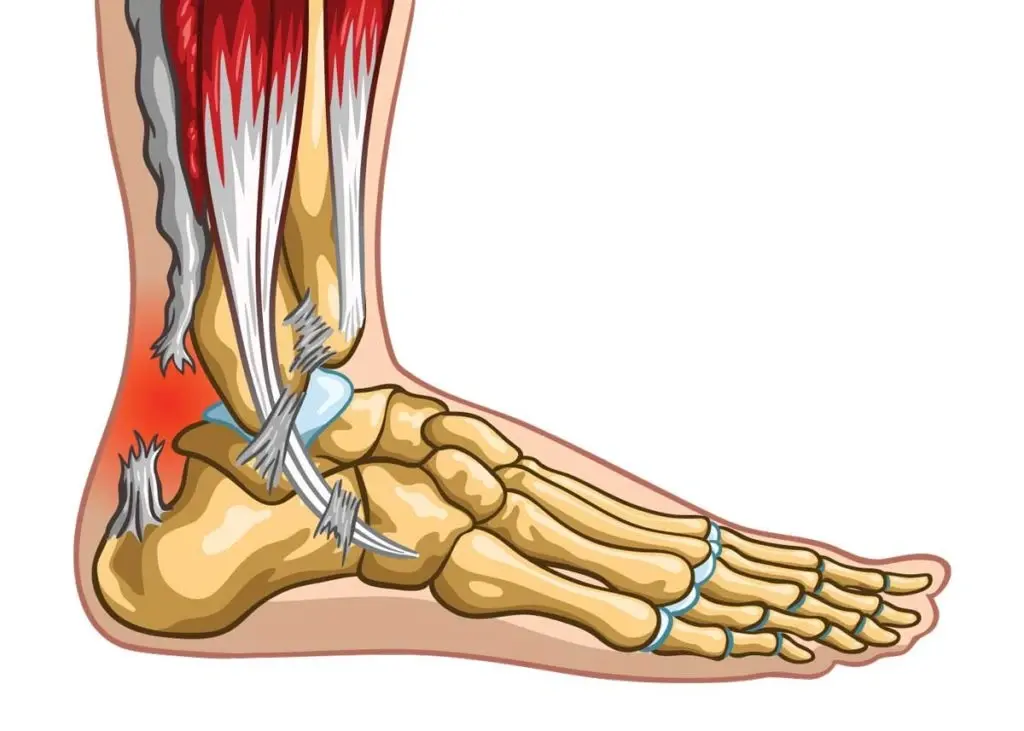
Tendons rehab follows a clear timeline based on how bad the injury is. Most musculoskeletal injuries need 12-16 weeks for basic healing. Clinical trials show three phases during recovery periods.
Blood flow goes up during weeks 1-6 as new cells arrive. TB500 studies show better cell movement during this phase. Nitric oxide synthase (eNOS) pathways contribute to tissue repair through modulation of blood flow, inflammation, and angiogenesis.
Complete rehab often takes 3-6 months for full strength return. BPC-157 peptide therapy research shows faster healing in animal models without negative effects on central nervous system function.
Common issue healing problems include incomplete collagen remodeling and reduced flexibility. However, understanding potential risks becomes essential before considering any peptide therapy.
Current research shows limited data on potential side effects from BPC-157 peptide therapy. Animal studies show few adverse effects during testing periods. Some medical professionals worry about drug administration methods and dosing rules.
Research compounds need careful handling as sensitive information about long-term effects stays incomplete. Many preclinical studies are conducted in academic settings. However, regulatory bodies stress these peptides lack approval for human use.
Risk factors include unknown interactions with existing medicines and possible effects on neurological conditions.
More animal studies are needed to establish complete safety profiles before human testing. Current research points toward exciting developments in peptide-based treatments for tendon injuries.
Compounds like BPC-157 and TB500 show great promise for tendon healing in animal models. GDF-8’s role remains uncertain and may be more relevant in muscle regulation than tendon repair.
Current animal studies show faster recovery times and stronger tissue repair. Researchers expect preclinical research to advance before testing these peptides in humans. Peptide Works provides these research compounds for scientific study.
Some preclinical research suggests peptides may shorten healing time in animals, but this has not been validated in humans. This synthetic peptide technology may revolutionize how we approach achilles tendons and other tendon injuries.
However, regulatory bodies need more human use data before approval. The next decade may bring breakthrough peptide therapies that change tendon injury treatment completely.
All peptides and compounds mentioned are strictly for research purposes only and not for human use.
[1] Chang CH, Tsai WC, Lin MS, Hsu YH, Pang JH. The promoting effect of pentadecapeptide BPC 157 on tendon healing involves tendon outgrowth, cell survival, and cell migration. J Appl Physiol (1985). 2011 Mar;110(3):774-80.
[2] Maar K, Hetenyi R, Maar S, Faskerti G, et al. Utilizing Developmentally Essential Secreted Peptides Such as Thymosin Beta-4 to Remind the Adult Organs of Their Embryonic State-New Directions in Anti-Aging Regenerative Therapies. Cells. 2021 May 28;10(6):1343.
[3] Elkasrawy MN, Hamrick MW. Myostatin (GDF-8) as a key factor linking muscle mass and bone structure. J Musculoskelet Neuronal Interact. 2010 Mar;10(1):56-63.
[4] Yang G, Rothrauff BB, Tuan RS. Tendon and ligament regeneration and repair: clinical relevance and developmental paradigm. Birth Defects Res C Embryo Today. 2013 Sep;99(3):203-222.
ALL CONTENT AND PRODUCT INFORMATION AVAILABLE ON THIS WEBSITE IS FOR EDUCATIONAL PURPOSES ONLY.
DISCLAIMER: These products are intended solely as a research chemical only. This classification allows for their use only for research development and laboratory studies. The information available on our Peptide Works website: https://peptide-works.com/ is provided for educational purposes only. These products are not for human or animal use or consumption in any manner. Handling of these products should be limited to suitably qualified professionals. They are not to be classified as a drug, food, cosmetic, or medicinal product and must not be mislabelled or used as such.
Peptide Works
Related Articles
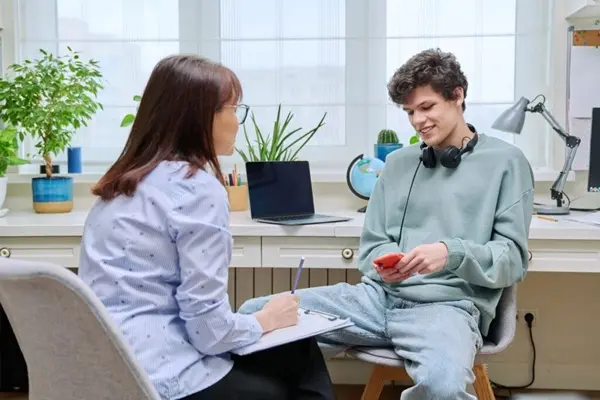
How effective could Orexin Addiction Therapy be?
Have you ever wondered why some people find it so hard to stop addictive habits, even when they truly want
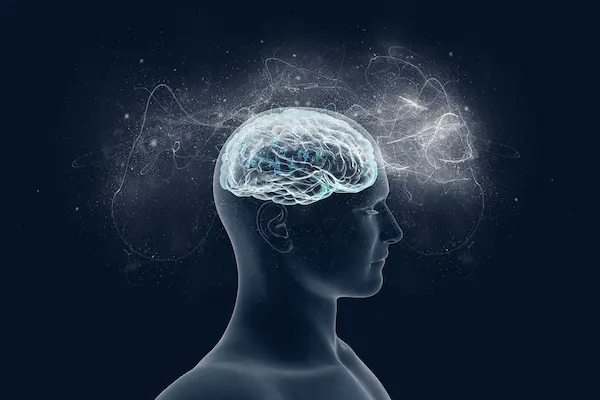
Can NAD Therapy Improve Cognitive Performance?
NAD Therapy is gaining attention in research for its possible role in brain health. NAD+ (nicotinamide adenine dinucleotide) is a

Enhancing Energy with NAD+ Supplements
Energy is the driving force behind focus, movement, and recovery. When cells have less energy to work with, the body